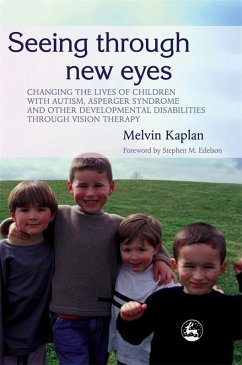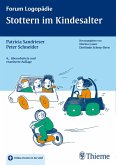Seeing Through New Eyes offers an accessible introduction to the treatment of visual dysfunction, a significant but neglected problem associated with autism spectrum disorders (ASDs) and other developmental disabilities.
Dr. Kaplan identifies common ASD symptoms such as hand-flapping, poor eye contact and tantrums as typical responses to the confusion caused by vision disorder. He also explains the effects of difficulties that people with autism experience with "ambient vision", including a lack of spatial awareness and trouble with coordination. Other chapters give guidance on how to identify the visual deficits of nonverbal children, select prism lenses that will alter the visual field, and create individually tailored programs of therapy in order to retrain the system.
This book is essential reading for parents of children with ASDs, and professionals in the fields of autism, optometry and ophthalmology, psychology and education.
Dr. Kaplan identifies common ASD symptoms such as hand-flapping, poor eye contact and tantrums as typical responses to the confusion caused by vision disorder. He also explains the effects of difficulties that people with autism experience with "ambient vision", including a lack of spatial awareness and trouble with coordination. Other chapters give guidance on how to identify the visual deficits of nonverbal children, select prism lenses that will alter the visual field, and create individually tailored programs of therapy in order to retrain the system.
This book is essential reading for parents of children with ASDs, and professionals in the fields of autism, optometry and ophthalmology, psychology and education.
Dieser Download kann aus rechtlichen Gründen nur mit Rechnungsadresse in A, D ausgeliefert werden.







